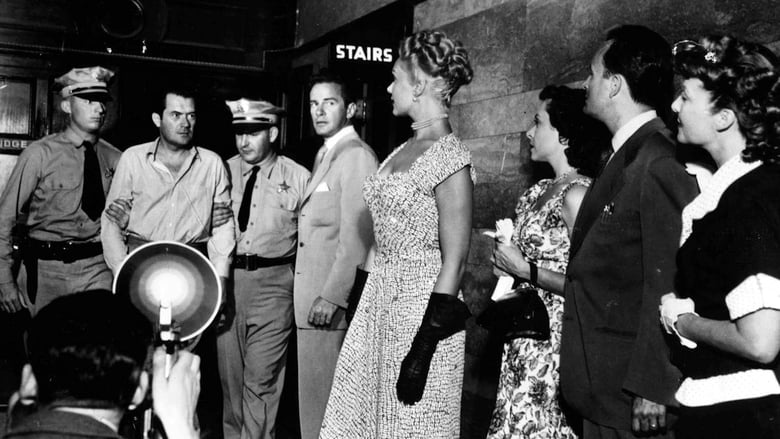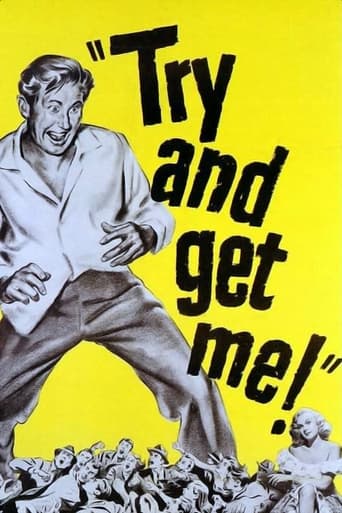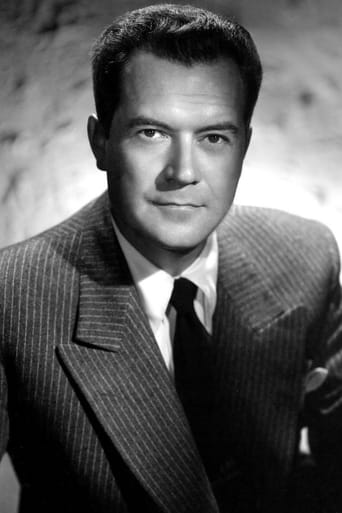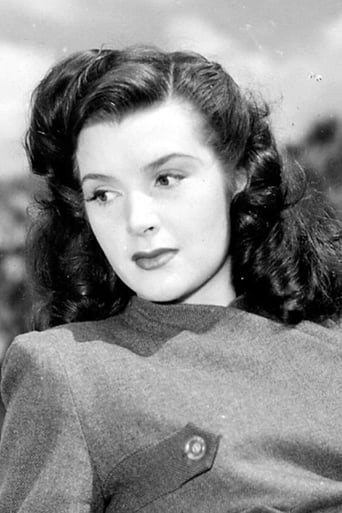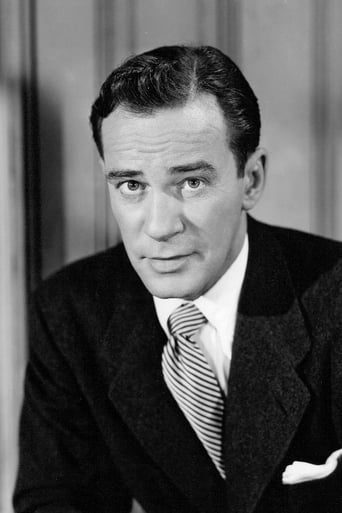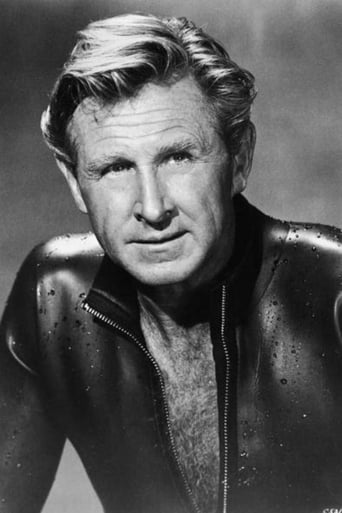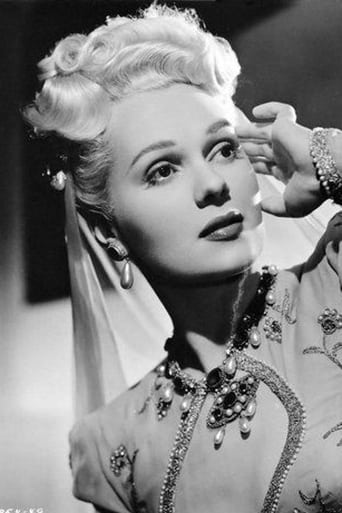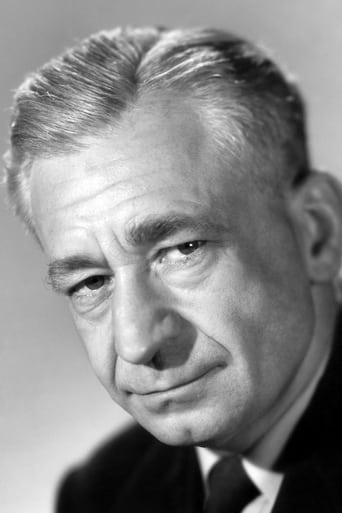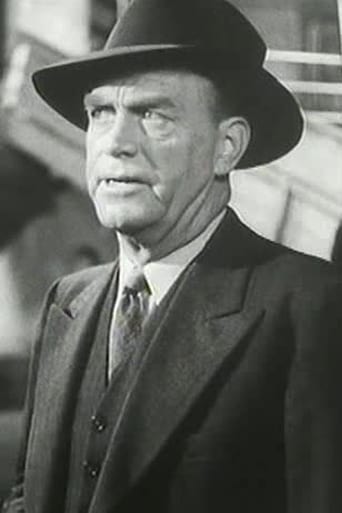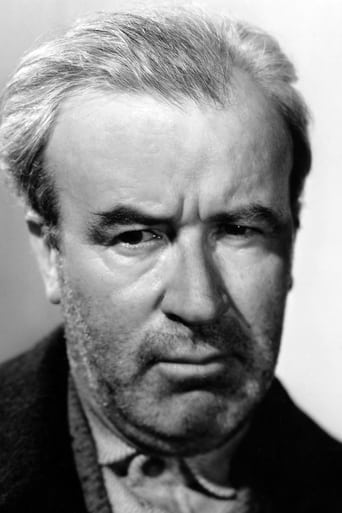A family man – desperate for a job – latches onto a friend who encourages him into being a criminal.
Similar titles
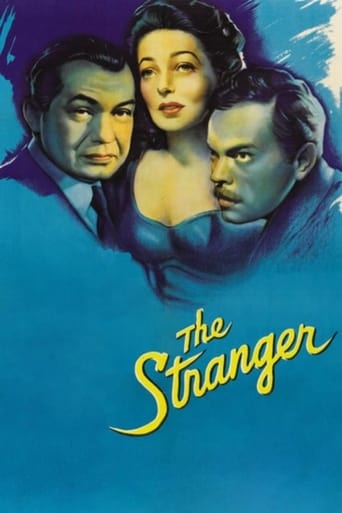
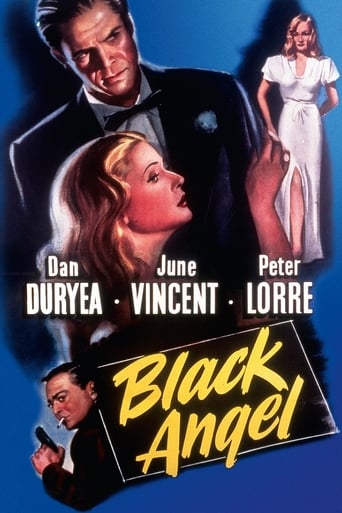
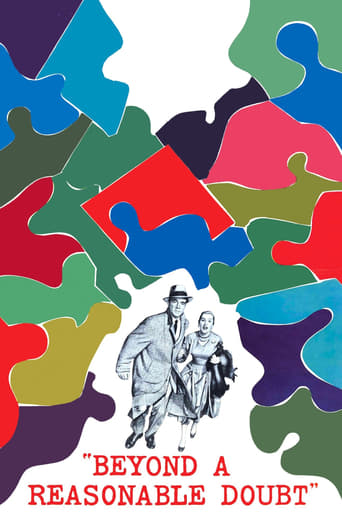
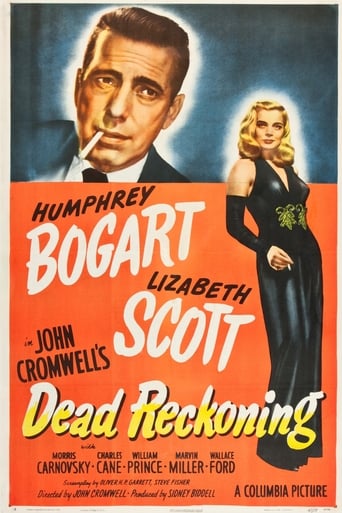

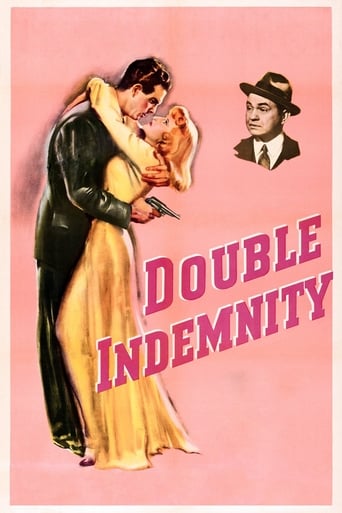
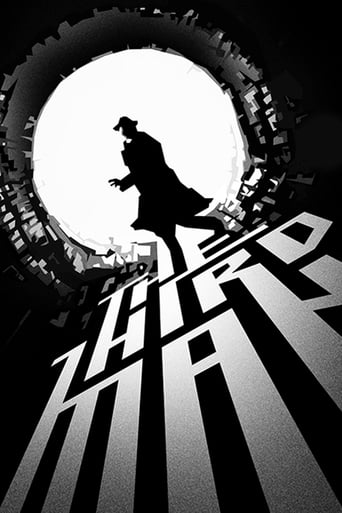
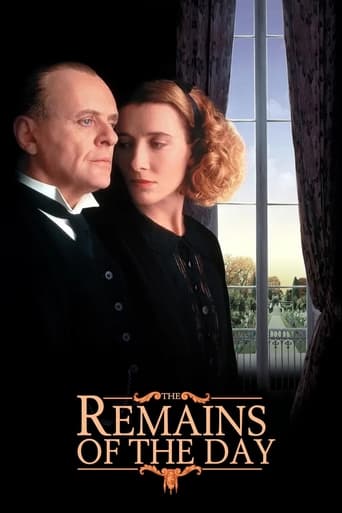
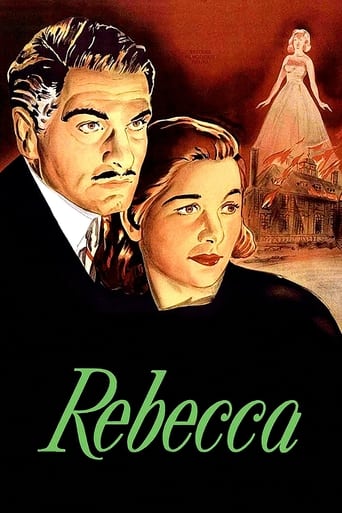
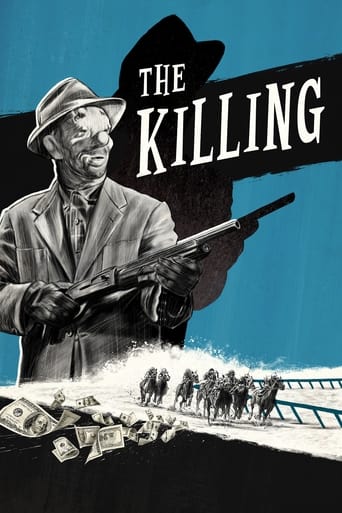
Reviews
A brilliant film that helped define a genre
Tells a fascinating and unsettling true story, and does so well, without pretending to have all the answers.
The first must-see film of the year.
All of these films share one commonality, that being a kind of emotional center that humanizes a cast of monsters.
THE SOUND OF FURY is an interesting slice of crime and melodrama based on a real-life case of the 1930s. Seen today, it's partially of interest for being caught up in the McCarthyist witch hunts, with director Cy Endfield decamping to Britain to churn out classic after classic (HELL DRIVERS and ZULU, I'm talking about you) while Lloyd Bridges turned informant. The story is about a couple of small-time guys who are involved in a kidnapping that goes horribly wrong, which is all quite straightforward, but things get really interesting when they're taken to jail. The film slowly builds to one of the most powerful climaxes I've ever seen from the era, a power helped by the very strong performances of the lead actors.
The unemployed Howard Tyler (Frank Lovejoy) is desperate for a job since he is married with children and his wife Judy (Kathleen Ryan) is pregnant. When he meets the "bon vivant" Jerry Slocum (Lloyd Bridges), the stranger offers a job position to Howard. Soon he learns that Jerry is a small-time thief and his job would be to drive the getaway car after the heist. Howard improves the life of his family and tells that he is working in the night shift of a factory. Meanwhile, the journalist Gil Stanton (Richard Carlson) that works in a tabloid is assigned by the owner to promote the thefts to increase the selling of newspaper. When Jerry kidnaps the son of a millionaire, he brutally kills the man and forces Howard to help him to dump the corpse in the sea. Then he asks for ransom to the family. When the boy is found, Stanton incites the population telling that the abductors are monsters. When Howard and Jerry are arrested, a mob threatens their lives in front of the police station. How will the police officers protect the prisoners?"The Sound of Fury" is a film with a simple storyline and an impressive conclusion. The manipulation of the masses by the "brown press" (tabloid) to sell newspapers is impressive and the consequence is scary. The reaction of the uncontrollable violent mob is the best part of this movie and shows the power of the free press, for the good or for the bad. My vote is seven.Title (Brazil): "Justiça Injusta ("Justice Unjust")
The entire cast delivers high-caliber acting, particularly Frank Lovejoy and Lloyd Bridges. Bridges is unforgettable as the psycho "Jerry". Cliff Clark, the ultimate movie cop, is perfectly cast as a police chief.A brutal, unrelenting tone is maintained throughout the film, and the film-makers use a sledgehammer approach to convey ideas, unnecessarily so in my opinion. OK I get it, you don't need to clobber me to hammer things into my mushy little brain.Newspapers are portrayed in a devastating manner similar to the old Edward G. Robinson classic "Five Star Final", and with similar effectiveness although with an even more heavy hand. But the message holds up whether 1930's, 1950's or with today's sensationalized multi-media delivery of various "movement"-style causes that can result in violence by impressionable or disgruntled individuals who injure or kill innocent civilians or police officers in extreme cases.Harsh, loud, impactful but rather unsatisfying as an overall well- rounded movie, this is a somewhat unusual film that is watchable mainly due to the outstanding performances.
Despite a catch-penny tile, "Try and Get Me" (aka Sound of Fury) remains a truly frightening movie whose disturbing imagery lingers long after the voice-over reassurances subside. The director, Cy Endfield, was one of the lower profile victims of the Mc Carthy purges. Viewing this movie now, it's easy to see why. Family man and returning vet Howard Tyler (played by the always low-key Frank Lovejoy) is recruited into a life of crime by no more than ordinary desires for the American Dream. Desperate and unemployed, he falls into the clutches of a swaggering stickup man superbly played by a preening Lloyd Bridges. (Notice how subtly Bridges bends Tyler to his will on their first meeting at the bowling alley.) Joining Bridges, Tyler finally gets the standing he desires, but the spiral he has entered dooms him and his family's share of America's promise. (Note that conspicuous among the lynch mob's vanguard are fraternity boys, true to the actual event on which the movie is based.) Throughout, the lighting and photography effectively undermine the facile voice of reason that the producers probably felt obligated to include. Endfield may have wanted an anti- violence film, but the resulting visual landscape implies a world of endemic violence. A sense of powerlessness pervades the film, one that mere admonishments cannot overcome. As a result, the characters appear caught in some terrible metaphysical web from which there is no escape. Events march relentlessly on to a conclusion that remains one of the most harrowing in Hollywood history. This is film noir at its darkest and most frightening. Something should be noted in passing about the compellingly exotic performance of Katherine Locke as Hazel the manicurist. Watch her facial expressions as this highly repressed plain-faced woman experiences yet one more rejection in what a paste-on smile shows to be a lifetime of rejections. Never has a blossom perched so precariously on a cheap hairdo conveyed as much lower-class longing as hers, while the car ride with a guilt-ridden Tyler could serve as tawdry inspiration for a dozen feminist tracts. What ever became of this unusual actress, I wonder. Without doubt, however, the film's dramatic high point is the lynch mob. It's one of the most coldly unnerving 20 minutes in movie annals, far surpassing (in my view) the better-known Fury (1936) in its depiction of mass violence. The fact that the mob is made up of ordinary citizens brought to fever pitch is especially telling. Unthinking violence is thus shown as potentially present in us all. At the same time, the screenplay refuses to take the easy way out. In fact, Howard and Jerry are guilty, unlike, say, the three unfortunate cowboys in The Oxbow Incident (1943). Thus, what repels us is not the fact that innocent men are killed for a crime they didn't commit. That would be too easy. Instead, I think we're unnerved by how the crowd appears to celebrate the brutality of vigilante justice. Endfield succeeds in making this aspect especially ugly. Yes, in a very general sense, justice is served—murderers are in fact punished for their crime—but if so, justice is served in a particularly barbaric way even if the act does have popular support. In my little book, Endfield has fashioned the most effective of all anti- lynching movies, in part because it doesn't take the easy way out.That Endfield exiled himself to England and a conventional career with Stanley Baker, shows how much was lost among those purge victims whose disappearance, unlike many others, went generally unnoticed. Just a couple of years after the remarkable "Try and Get Me" (and Endfield's also provocative "Underworld Story"), Hollywood began sanitizing the screen with the escapism of period spectacles, Technicolor westerns, and full-cleavage sex goddesses. Indeed times had changed. As Endfield already knew, the studios had to fight the Cold War too. There would be no more thought-provoking Try and Get Me's.
Top Streaming Movies











